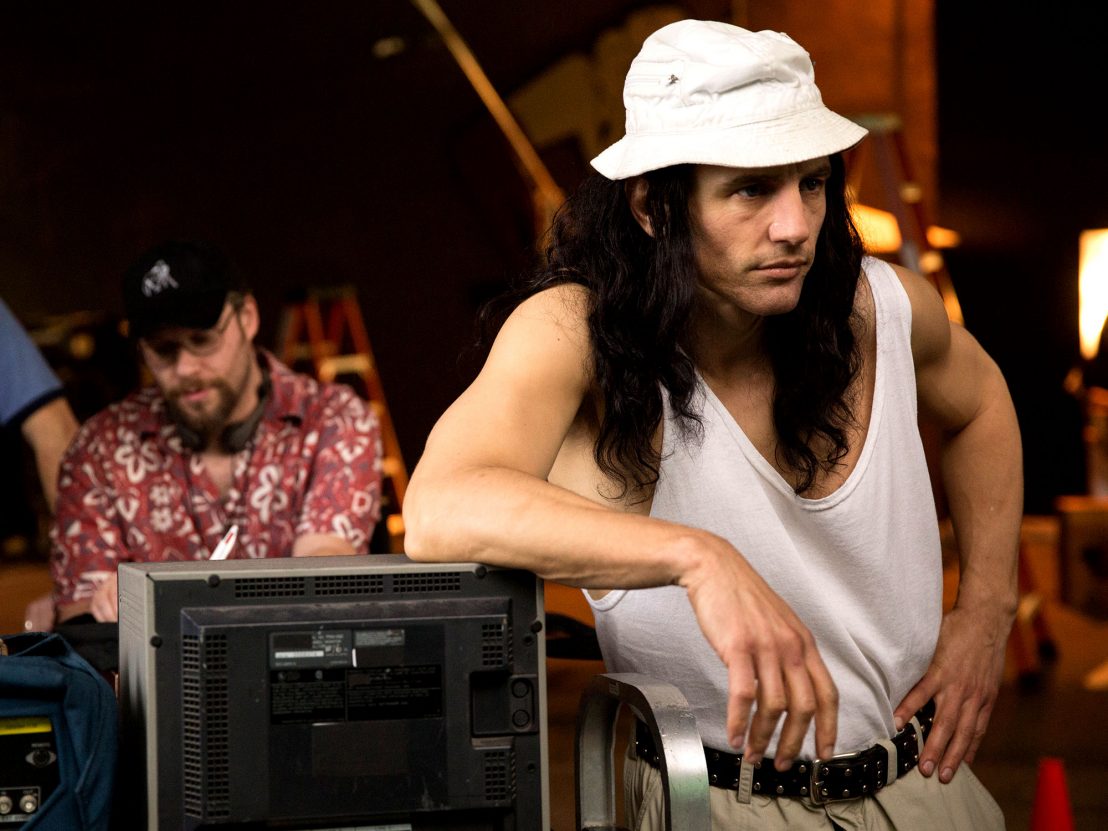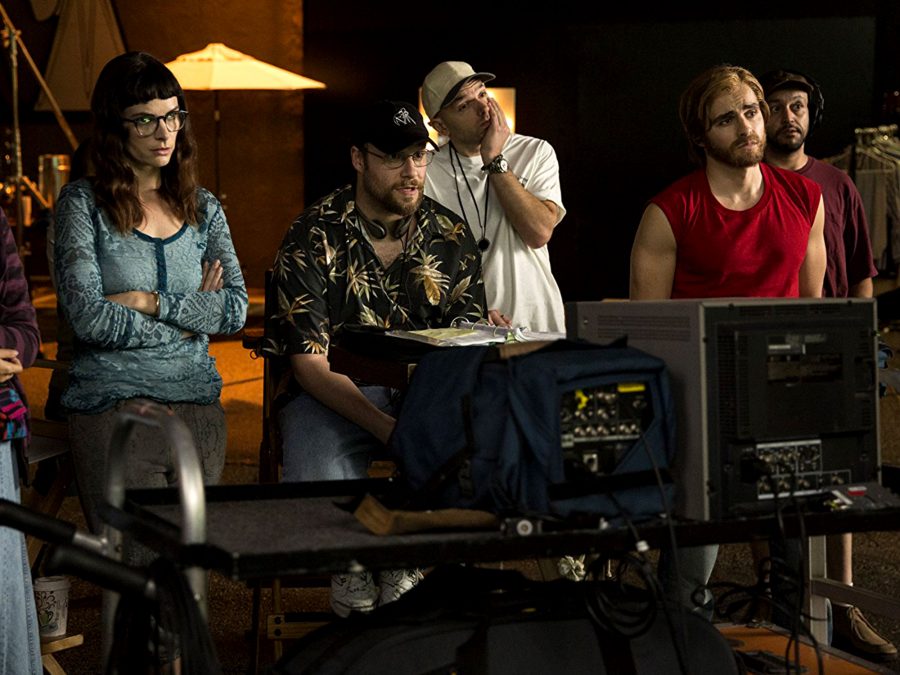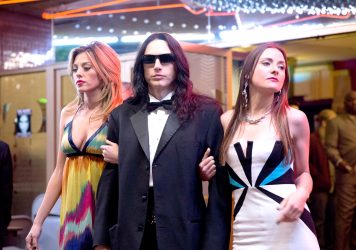
“I never expect anything I do to be this well received,” smiles Seth Rogen in between bursts of that unmistakable stoner chuckle. He’s referring to The Disaster Artist, his latest collaboration with his long-time friend and fellow actor (and in this case, director) James Franco, which tells the bizarre true story of the best worst movie ever. “It’s a very pleasant surprise,” he says – which to be honest, it must be.
The Room couldn’t be further from a mainstream hit. Helmed by mysterious oddball Tommy Wiseau, the film makes about as much sense now as it did when it was released back in 2003. But in a unexpected twist its (many) failures became its saving grace, helping it earn cult hit status in the years since its debut. Combine its weird on-screen antics with Wiseau’s even weirder off-screen directing style, infamously expensive and chaotic shoot and unexpectedly endearing friendship with co-star Greg Sestero and suddenly the idea of a dramatisation becomes just crazy enough to work.
“We really talked about how to make it appeal to people other than ourselves,” reveals Rogen, “because it’s something that so inherently appealed to us. We knew that was a balance we would have to strike.” Part of striking that balance was honing Franco’s portrayal of the film’s unlikely star, Tommy Wiseau, an undeniably strange yet sympathetic protagonist. “We talked a lot about showing how sad he is. I would tell Franco to do a ‘sad Tommy’ take because he really was sad. I think that’s why he worked so hard to try and do something, because he really felt rejected and that’s incredibly sympathetic. We wanted to make sure people understood The Room wasn’t just an ego-driven venture, that it was really based on him feeling rejected and upset and wanting to put something out into the world and not being able to do it.”
As if things couldn’t get any more meta, Franco stayed in character as Wiseau throughout the whole shoot, directing himself as the lead in his own movie where he himself was portraying a terrible director. “It was kind of par for the course a little bit,” Rogen says of Franco’s performance. “It’s maybe on the weirder end of the spectrum but it was incredibly fun and it wasn’t disruptive or disrespectful to the process. If anything it inspired everyone to try a little harder because you could see how much effort he was putting into it and how much he clearly wasn’t treating it like a joke. It’s one of the best times I’ve had making a movie in a long time.”
In contrast to The Room’s tumultuous shoot, Franco’s film came together relatively smoothly – despite the real Wiseau wanting in on the action. “It was weird,” admits Rogen. “He demanded that he had a cameo which would have been pretty easy to accommodate, but he also demanded that the cameo be in a scene with James Franco who is playing him – and Tommy can only be Tommy. We were trying to talk him out of it, saying, ‘If you agree to be in a scene with someone else, you have a much better chance of making it into the movie’, but he demanded it. We were just like, ‘Whatever, we’ll film it, it’ll be funny for us, and then we’ll just cut it out. So he showed up, drew a moustache on with a felt pen – which was strange – we shot the scene and were like, ‘No one will ever see that’.”

He continues, “We needed to clear some additional scenes from The Room and when we asked him he was like, ‘If you want other footage from Room you have to put my scene in movie,’ so we then had to contractually put the scene into the movie somewhere. We put it at the end, like a Marvel post-credits sequence. Me and James have actually become very entertained by it because Tommy somehow affected our movie. He left his fingerprint on the movie despite our best efforts.”
The Disaster Artist is the latest fruitful collaboration between Rogen and Franco, a winning run stretching back to 1999. “We met on Freaks and Geeks 19 years ago. It was so much fun but afterwards we didn’t talk for like six years. He went off and became a very successful movie star and I went off and became a writer, then we wrote Pineapple Express and that’s when we really become close again. Honestly, I’m not sure why we work so well together. We really like each other. We came up in the same environment professionally, we find each other very funny and we have a very similar sense of humour and like similar movies and that’s helpful. I think we just really enjoy it and I think that comes across.”
In terms of selecting which stories to focus on, Rogen’s method is relatively straightforward. “I mostly think, ‘What would I be jealous of if somebody else made it?’ I’m drawn to crazy things. Ideas that shouldn’t work, that seem like they aren’t good but are. Those are the ones that get me most excited, honestly. The ones that seem like nobody else would be crazy enough to even try it.”
With Franco’s turn in The Disaster Artist earning him awards recognition, the duo are clearly onto something. And if their little movie about the world’s worst movie attracted Oscars attention? “It would be the weirdest thing ever – but it would be amazing. I would just be thrilled for all parties involved. It would be truly ironic though,” Rogen adds, “it would be a new verse in Alanis Morissette’s song.”
Published 8 Jan 2018

It’s a Franco bros two-for-one in this madcap making-of yarn about Tommy Wiseau’s The Room.

Is the much maligned actor actually the most underrated performer of his generation?

Seth Rogen and James Franco topple communism with comic truth bombs in this jolly satire.